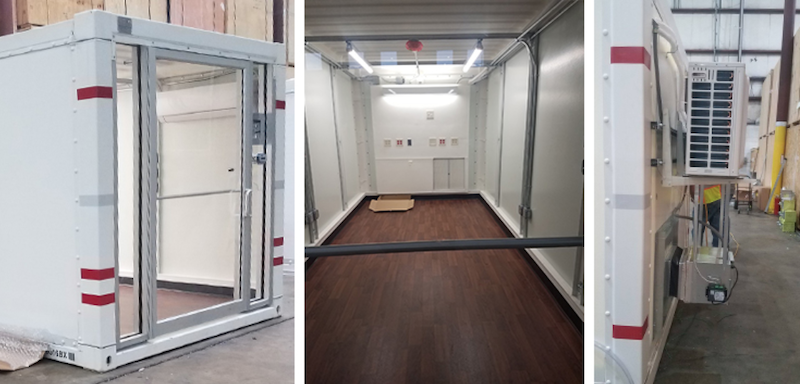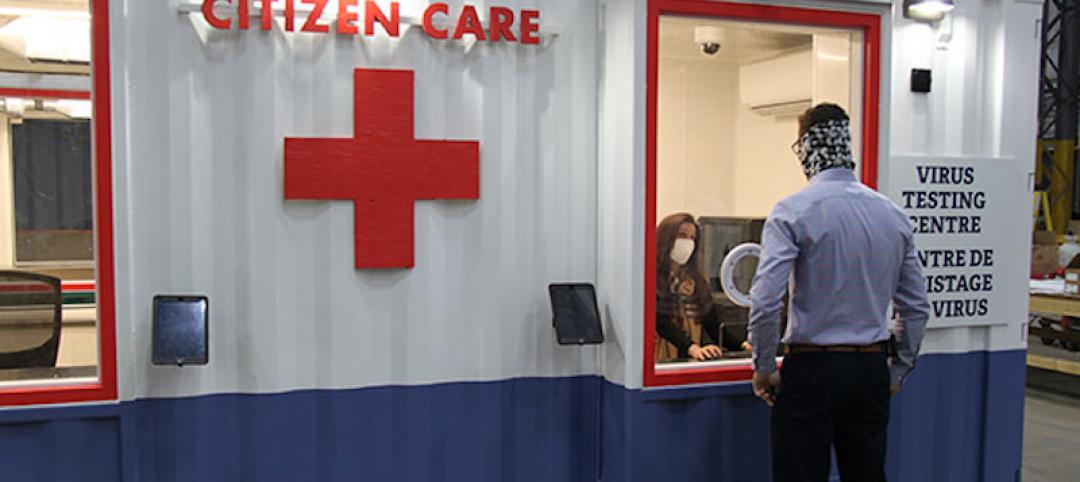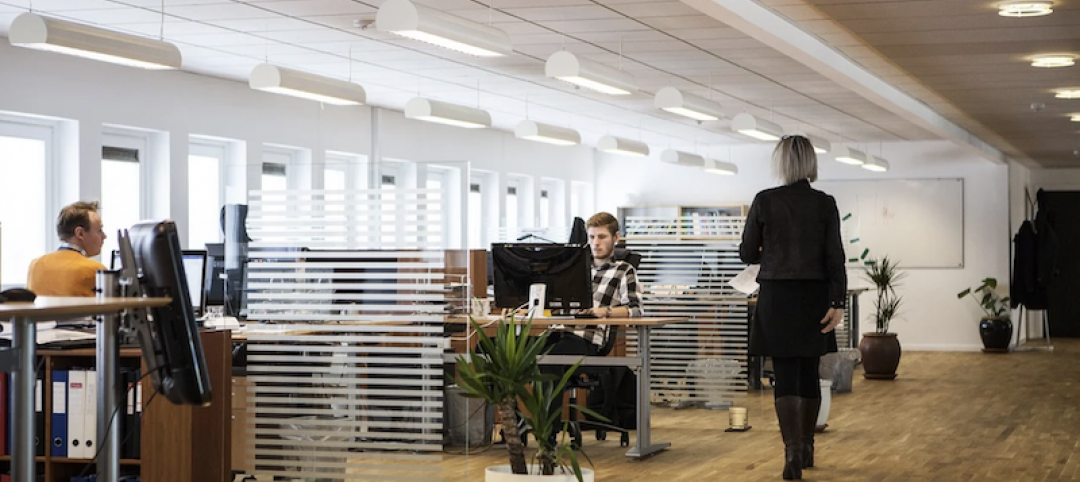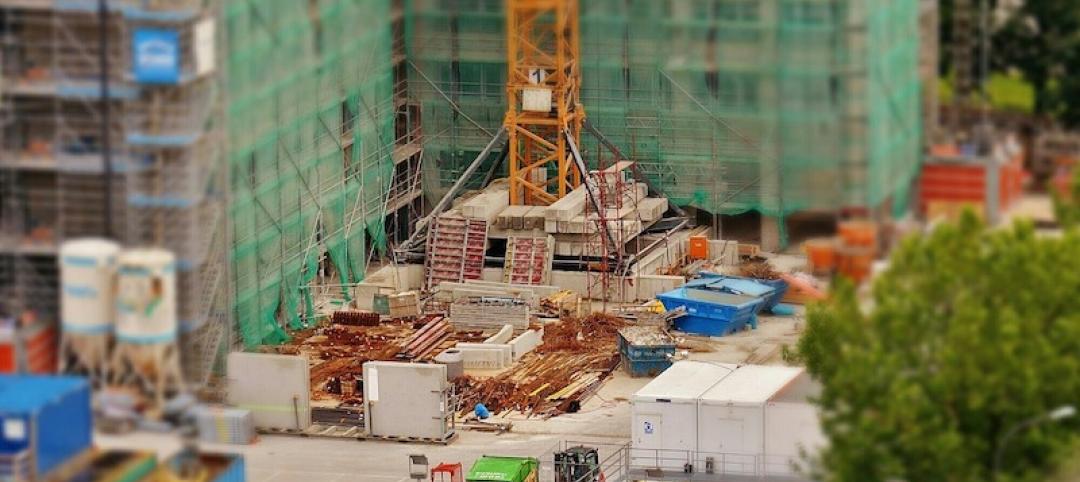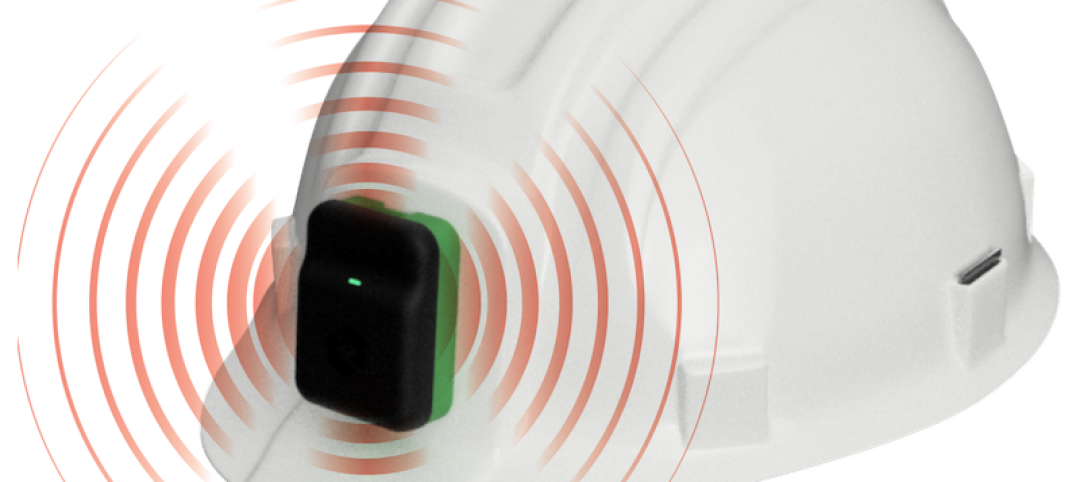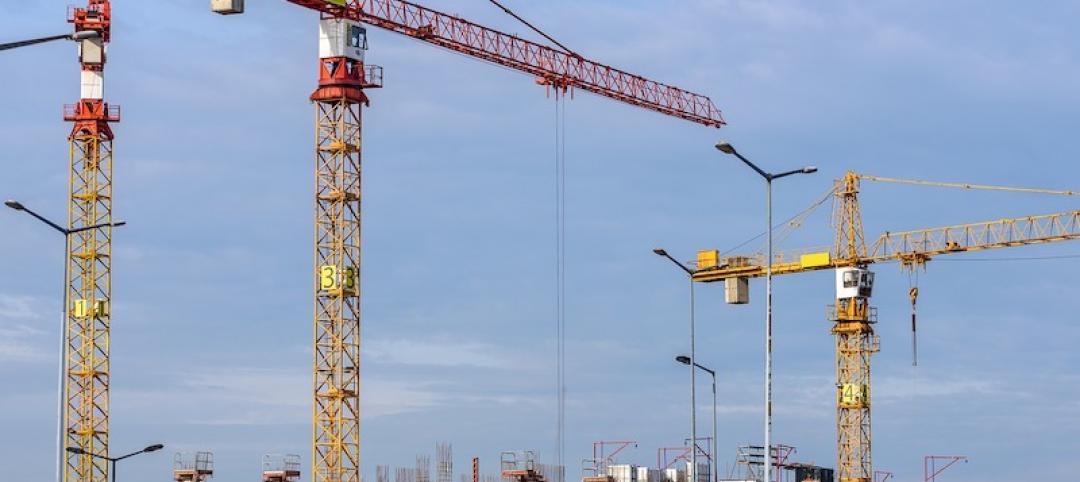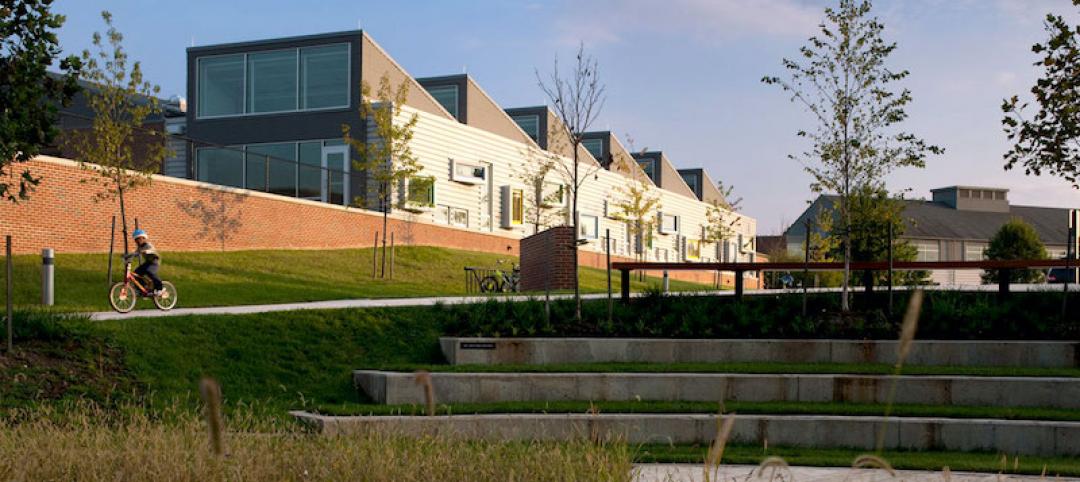CallisonRTKL worked with the facilities and infrastructure firm Patriot in a collaborative process on a design-build project for the U.S. Army Corps of Engineers. This project uses PODS to develop containers that can be repurposed into isolation units for alternative healthcare facilities treating coronavirus-positive patients.
Modifications to existing PODS containers were made to be used as a rapid response airborne infection isolation room (AIIR) and designed to enhance Healthcare Personnel (HCP) protection during care of infectious patients. Some of the design features implemented to limit HCP exposure:
- Isolation: Patients are isolated in an enclosed space, limiting to HCPs outside of the immediate patient care space.
- Transparency: The front wall of the container is designed with a full-glass door and sidelights to provide maximum patient visibility.
- Sanitation: Seamless flooring with cove base is installed to facilitate proper housekeeping and surface disinfection.
- Lighting: Multiple levels of lighting within the container haS been provided for patient comfort. Overbed lighting is provided for routine daytime settings with supplemental ceiling-mounted exam lighting and wall-mounted night lights.
- HVAC: HVAC systems are designed to provide horizontal air flow, introducing air from the front of the container and discharging air directly behind the patient at the rear of the container.
- Ease of Installation: Each container has individual electrical panels and condenser units mounted to the back of the container to simplify installation and commissioning of units within an alternate care site.
USACE APPROVED CONVERSION OF PODS CONTAINERS INTO SELF-CONTAINED ROOMS FOR COVID-19 PATIENTS
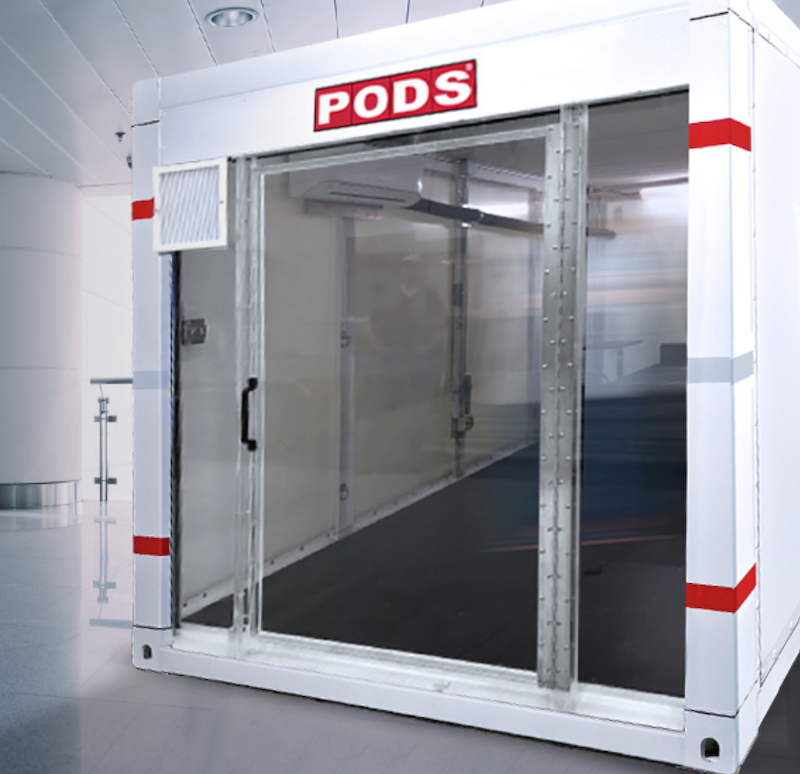
According to PODS, USACE developed, tested, and approved the conversion of PODS 12-foot and 16-foot containers into self-contained rooms with hospital beds that can be used for COVID-19 positive patients.
- Washable walls and floor cover per CDC guidelines
- Emergency back-up power
- Electrical and data outlets
- Exhaust fan with HEPA filtering
- Louver with gravity damper and balancing damper
- Modified isolation room entry door with direct line-of-sight visibility of patient
Related Stories
Coronavirus | Apr 26, 2020
PCL Construction rolls out portable coronavirus testing centers
The prefabricated boxes offer walk-up and drive-thru options.
Coronavirus | Apr 23, 2020
It's time to make your back-to-the-office plan
Here are some practical, tactical considerations for reuniting.
Coronavirus | Apr 22, 2020
Architecture Billings Index points to major downturn in commercial construction
Largest monthly decline in billings a direct result of pandemic response.
Coronavirus | Apr 22, 2020
Construction activity in 2020 expected to drop steeply
[Dodge survey] Contractors girding for recession.
Coronavirus | Apr 20, 2020
Virtual site visits help control infection on project sites
As COVID-19 threatens to slow construction work, point cloud technology helps us work safer and faster.
Coronavirus | Apr 19, 2020
IoT system helps contractors keep their distance on the jobsite
Triax Technologies’ wearable Proximity Trace device can be used for contact tracing.
Coronavirus | Apr 19, 2020
A COVID-19 task force focuses on crisis communications
The Castle Group is partnering with leading health experts to help companies factor science and medicine into their response messaging and actions.
Coronavirus | Apr 17, 2020
NMHC Multifamily Construction Survey shows significant delays in apartment construction
Survey asked construction firms how the spread of COVID-19 is affecting construction permitting, starts, completions, materials and labor.
Coronavirus | Apr 17, 2020
The case for public space in the age of COVID-19
As our daily footprint narrows under “stay at home” measures, we must reconsider our relationship with public spaces.
Coronavirus | Apr 16, 2020
COVID-19: Pennsylvania building products supplier raises $1.2 million for Pittsburgh-area food bank
Pennsylvania building products supplier raises $1.2 million for Pittsburgh-area food bank.


